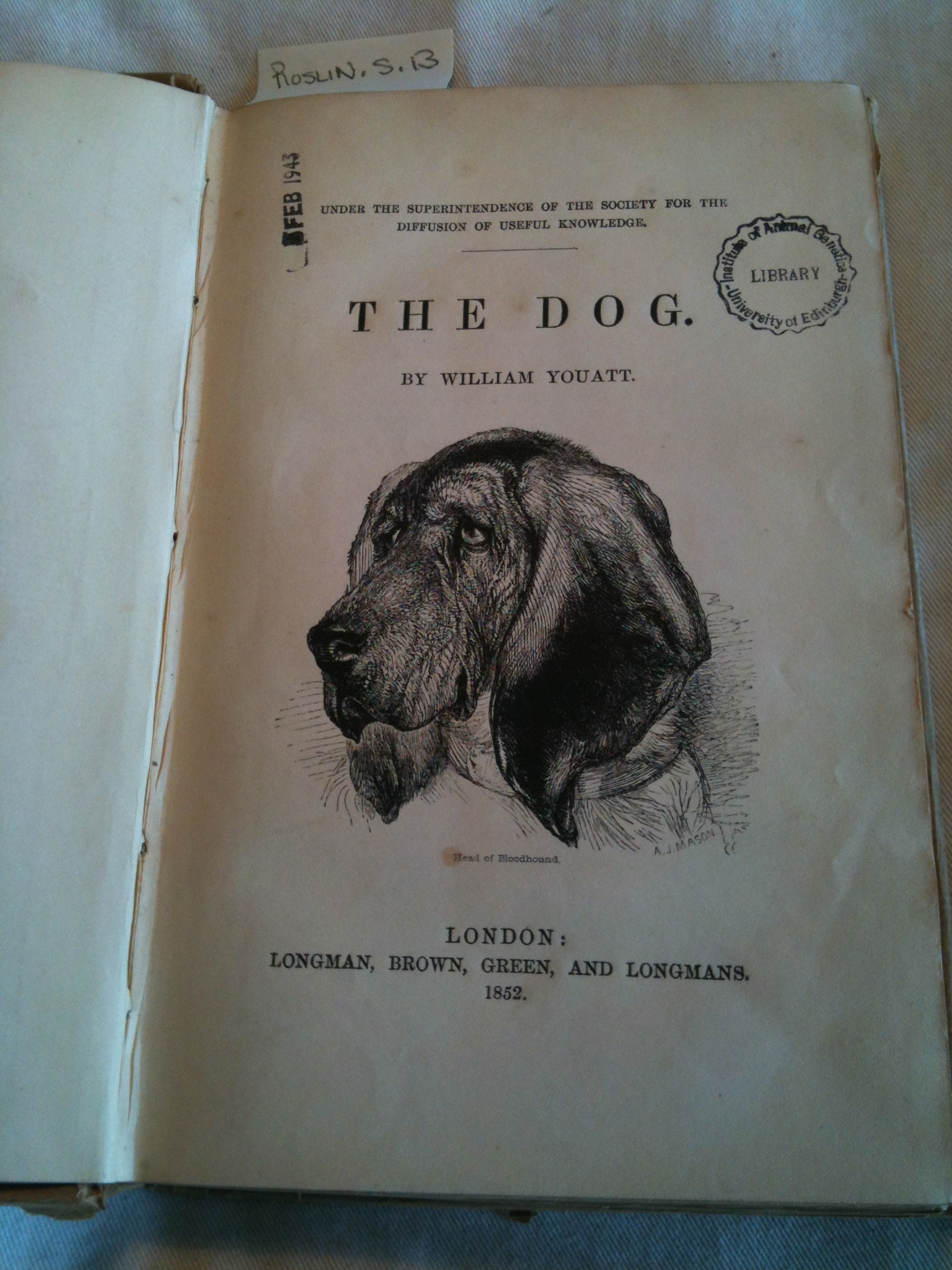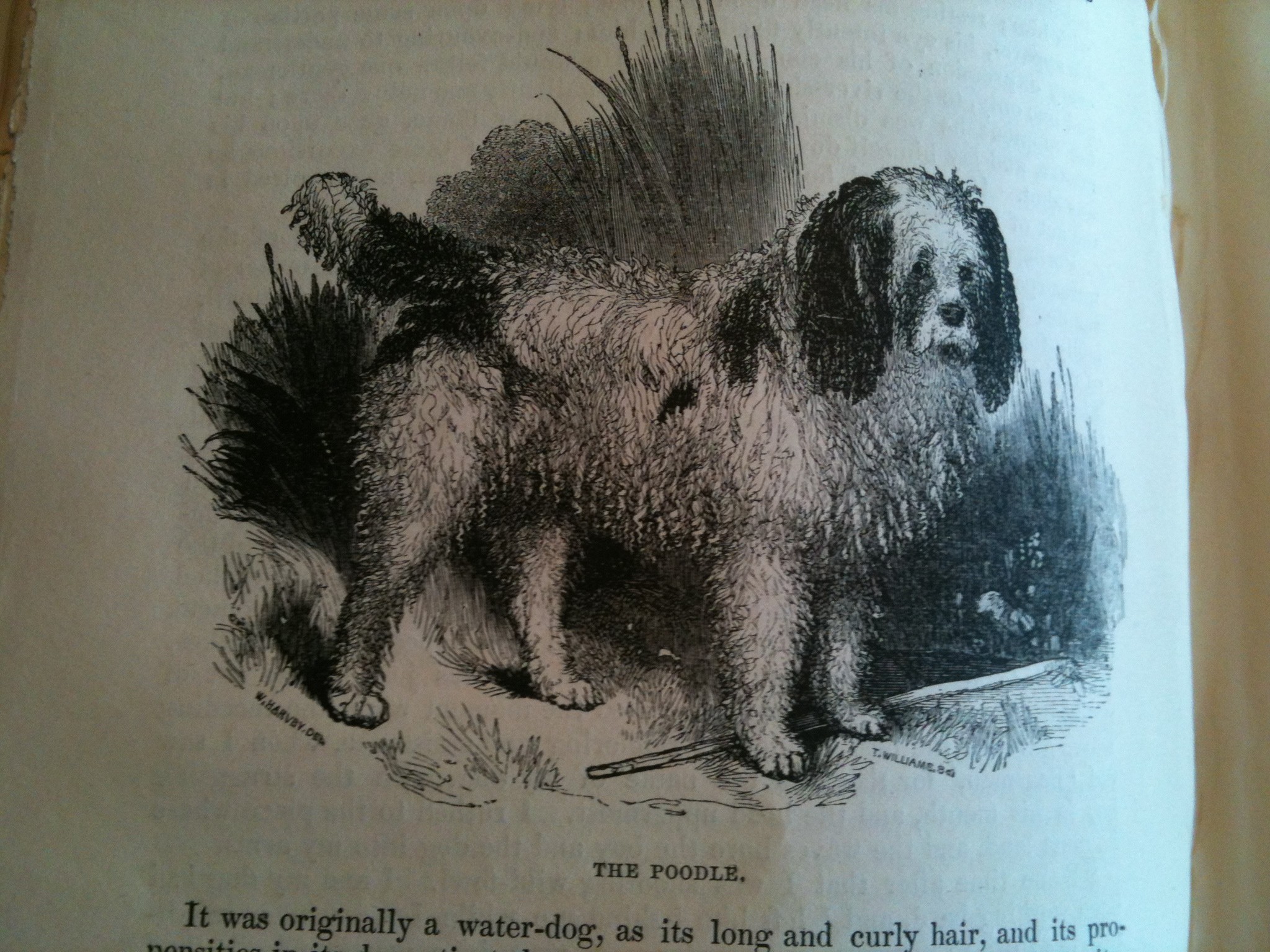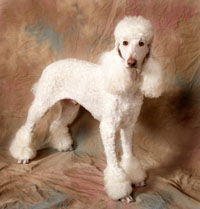 The ‘Letters in the Limelight’ blog posts from the past few months have drawn from the correspondence part of the James Cossar Ewart archival collection here at Edinburgh University Library Special Collections. However I have recently moved on to catalogue the archival papers of Alan William Greenwood, who was director of the Poultry Research Centre in Edinburgh from 1947 until his retirement in 1962.
The ‘Letters in the Limelight’ blog posts from the past few months have drawn from the correspondence part of the James Cossar Ewart archival collection here at Edinburgh University Library Special Collections. However I have recently moved on to catalogue the archival papers of Alan William Greenwood, who was director of the Poultry Research Centre in Edinburgh from 1947 until his retirement in 1962.
As with all of the collections being catalogued under the ‘Towards Dolly’ project, interconnecting stories are never far away. As F.A.E Crew, director of the Institute of Animal Genetics, wrote in his article ‘The Genealogy of the Poultry Research Centre’ (British Poultry Science, 121, 289-295, 1971), it was because of James Cossar Ewart that Greenwood came to Edinburgh in the first place…
Alan Greenwood was born in Melbourne, Australia in 1897. After reading Chemistry and Biology at the University of Melbourne, in 1923 he gained a scholarship to study in the UK. Greenwood’s original intention was to work on poultry genetics under Reginald Punnett (1875-1967) at the University of Cambridge, but Cossar Ewart persuaded him to come to join the Animal Breeding Research Department (later the Institute of Animal Genetics) in Edinburgh, then in its infancy under Crew. In Crew’s article, mentioned above, he also attributes Greenwood’s decision to head north to Mrs Punnett, who ‘actively discouraged her husband from enlarging his university commitments since these would interfere with their tennis and other social activities’! In any case, Edinburgh proved to be a fortunate choice: the influence of Crew, whose special interest was poultry, directed the whole course of Greenwood’s future research on the reproductive physiology of the fowl (particularly the secondary sexual characters and endocrine activity).
Greenwood was to take over as acting director of the Institute when Crew joined up for war service, and in 1947 he became director of the newly formed Poultry Research Centre. In the coming weeks the ‘Towards Dolly’ blog will be drawing on a few stories from the Greenwood archive.
The PRC was to eventually become a part of the number of bodies which formed the Roslin Institute. Now, with the establishment of a new National Avian Research Facility (NARF) in Edinburgh, in a partnership between the Roslin Institute and the Pirbright Institute, avian research is certainly still thriving in Edinburgh with Greenwood’s legacy still very much in evidence.









